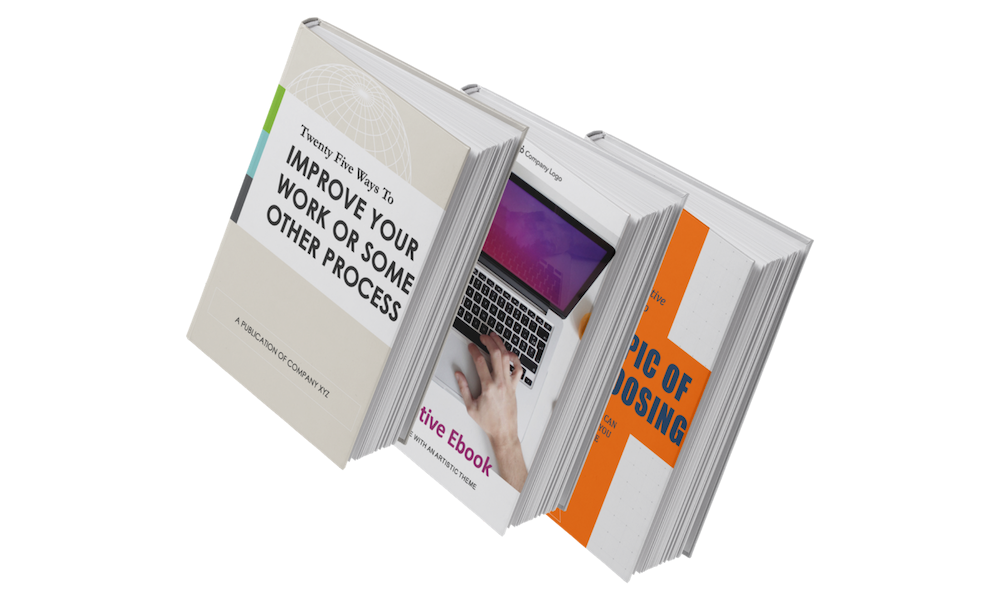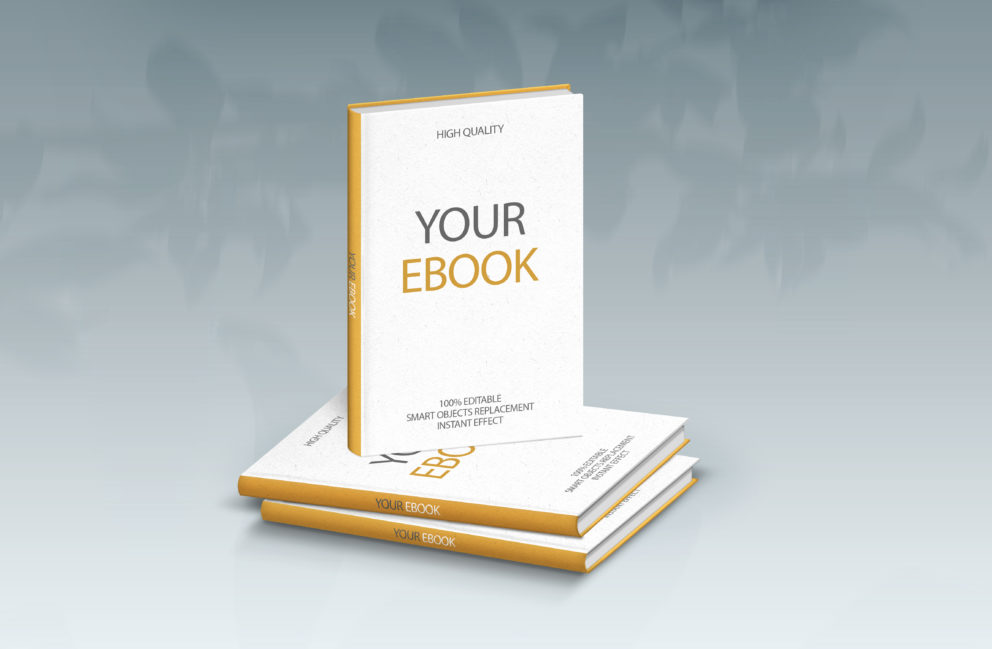If you know where to look, you can find a wide variety of ways to read books online for free without breaking or bending any laws-- even recent bestsellers! Reading books online is a great way to catch up on your reading, as long as you know where to look. Many books are available on the internet in a variety of formats. There are free (open source) programs available to get your reading material changed into a format you can use, if it happens to end up posted in a format you can't read. You will find books for sale and for free in a wide variety of formats online. If you are looking for some free reading material, knowing what to do with the books you find is an important step toward reading your book. Here are many common ways you will find books available online, so you know what you're looking at when you find it. Many free books come as simple webpages, formatted with basic HTML. This post h as been created by GSA Con tent Generator Demover si on!
To save an e-book formatted as HTML, you can right click and "save as" or use the file menu to "save page as" whatever comes up on the autocomplete. Most books to read online are presented in HTML, but the format will work from your web browser just as well offline as it will when you're connected. Some of the places you go to download free books online will offer you plain text files. When you click on the link, it will load right into your browser window, probably with a rather old looking font and a lack of complex formatting. You can save it under whatever name it comes up under, and read it with any basic text editor you have, probably even notepad. If you find one of these you'd like to read that is available for free, you can download a program on Amazon's website to allow it to show on your computer if you don't have a Kindle.

The Kindle's DRM format (AZW) is just like the mobipocket format with a few small changes. Many ebook files can be easily converted to MOBI to use with a Kindle. Adobe EPUB (ebook.epub). This format is growing in popularity among some ebook stores and many libraries. If you find a free DRM'd EPUB book you'd like to read, you can download software from Adobe's website to access your book. Lots of reader software and hardware supports non DRM'd EPUB files, making them easy to access. Warning: I've heard many of the ebooks available at Barnes and Noble's new ebook store for the Nook are using a format called "EPUB" that won't work with anything other than a Nook. Palm Ereader (ebook.pdb). Ereader is a DRM ebook format that has a wide range of readers available for many mobile devices, from ipods to PDAs and phones. While there are many ebooks sold in ereader format in various stores, there aren't many dedicated e-book readers that support ereader format because Palm requires the devices that support ereader to only support ereader DRM. Adobe PDF (ebook.pdf). PDF files are usually saved as images, unfortunately, which makes them a little bit difficult to manage or convert if you don't have a good setup for reading PDFs. Adobe Digital Editions (linked above) will work for managing DRM'd PDF files. There are many other ebook formats out there, I'm just trying to cover some of the most popular. If you notice an ebook format that you feel is used widely enough to be included in my list, feel free to leave me a note in the comments.
Recommended reading books for children aged 3-11 in UK primary schools. Lists are curated and updated by teachers and librarians. Books for children aged 11-18. Recommended reading lists for Year 7, Year 8, Year 9, Year 10, Year 11, Year 12 and Year 13 in secondary school. We recommend children’s books and YA books to teachers, UK curriculum primary and secondary schools, parents, home educators and tutors of children aged 3-18. In addition to our lists of books for kids and teens, we also provide free teaching resources for enrichment, primary topic and cross-curricular guides, and round-ups of online courses for home learning. Our lists of books for kids and teens are carefully curated to make it easier for teachers, parents, and schools to find high-quality, engaging and interesting books to instil a reading-for-pleasure culture in the classroom and encourage primary and secondary-aged pupils to read at home. Which books should I read with my child? Remember, with children’s books, children learn to read pictures before they learn to read words.
Children’s books can be accessed by even the youngest kids. From a few months of age, infants can look at pictures, listen to voices, and point to objects. Guide your child by saying the names of objects or pictures your child points to in books. By associating words with pictures and objects, your child will begin to appreciate the language. How can I embrace the interesting sounds of words when reading with my child? Children are fascinated by sounds, including words before they start to identify words on a page. Reading aloud to children helps develop their imagination and understanding. It also helps language and listening skills and prepares them for the written word. When the sounds and rhythm of language become a part of a child’s life, learning to read will become a natural progression. Why should I talk to my child about reading books? Talking together about words and pictures builds up a bank of vocabulary and improves confidence.
